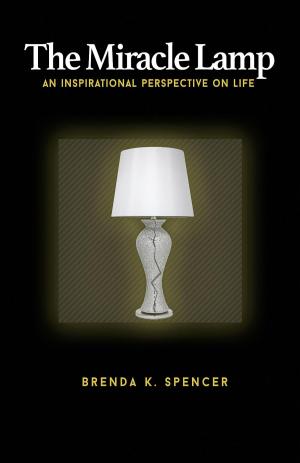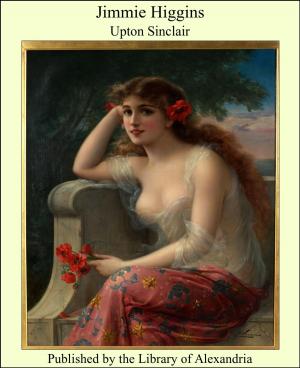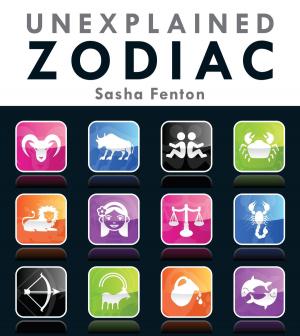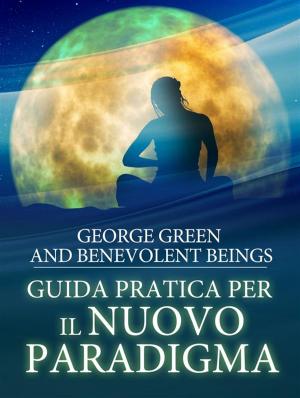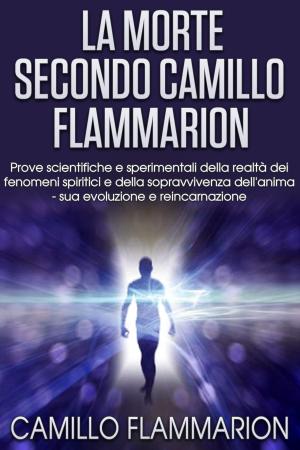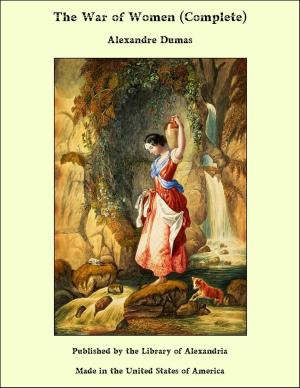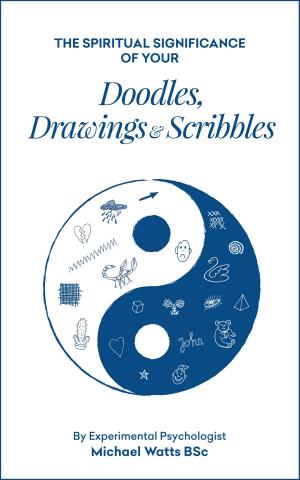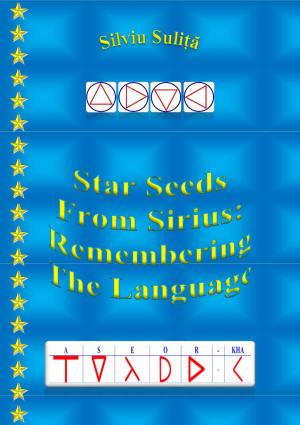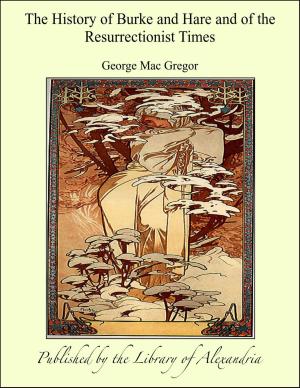| Author: | Shireen Chada | ISBN: | 9781941883013 |
| Publisher: | Release Your Wings | Publication: | June 26, 2014 |
| Imprint: | Language: | English |
| Author: | Shireen Chada |
| ISBN: | 9781941883013 |
| Publisher: | Release Your Wings |
| Publication: | June 26, 2014 |
| Imprint: | |
| Language: | English |
Every society throughout history has looked to great narratives. These narratives reflect and inspire people’s dreams and aspirations, past and present. These stories convey a society’s message to present and future generations. Yet in this timeless process, something new began in the 20th century: we often find great narratives in movies. These movies communicate to us about our society and ourselves–where we have been, what we are doing presently, and where we would like to go. There is only one story, told in myriad ways, and it is the story of the self-discovery of the soul. Shireen Chada leads us through this deep reasoning to brilliant conclusions, demonstrating that it is the “light” in humankind that projects the drama onto the movie screen of experience. We follow the gaze of the author’s most knowing eyes, clear with a lifetime of intentional spiritual living. She calls us to perceive the Source of that light and the lenses through which the universal themes of human drama are reflected, not only in films, but in our lives. This gentle author deftly works in insights from Joseph Campbell and Chris Vogler, great thinkers of myth, which resonate with themes of several compelling movies, “Blockbusters”, of our time. Stunningly, she shows us how these Hollywood Blockbusters illustrate modes of perception–like tinted lenses of the projector. Shireen describes these perceptual modes through the lens of ancient Vedic teachings as sattva, rajas, and tamas: Sattva - a state of “peace, joy, and wisdom . . . the highest and original state of the soul” . . . where the soul knows “exactly what to do.” We see virtuous sattva in the self- forgetting love of the hero and heroine, the steadfast white steed – even the silent emblem of the white hat. Rajas is there, too, as “intense desire”--possessive, acquisitive, passionate, and delusional, yet fascinating. There is at least a touch of rajas in the hero and villain of every drama. The triumph of the character lies in the choices they make as they perceive the world through the lens of the mind. Rajas appears in the conniving villainy of the scoundrel, the desperate panic of the heroine, the driving passion of the delivering hero, and in the emotional response of all of these elements on the audience, as all souls evolve toward greater realization. Tamas is always present, as well–the relentless mechanical onslaught of the train, the cruel ropes twisting in the cold hands of the villain, the serious threat that evil will triumph, plunging the world, or at least some of it, into painful darkness. Tamas keeps us fretting in our seats and rajas urges us out of our seats; sattva brings us to a sense of peaceful resolution as we perceive the Truth of the story: The triumph of virtue, the Soul and the heroic actor’s key role in that victory. This, then is the Divine Hero’s Journey, the True Hollywood Blockbuster. This is the Making of Divine Heroes. It is natural for the awakening soul to enter into the drama with the expectation, “I will triumph.” “In my original state, I am a pure, peaceful soul.” From the recruitment of the “audition” to the forgiveness ritual of the “wrap party,” we are starring in the drama, playing all the roles, and emerging as the “real star.” We realize that the story is being projected--“My life as a Movie.” It is all one story, variously told. From the Gita to “Avatar,” “Star Wars,” “Frozen,” or “The Matrix,” the question of the emerging divine hero is the same, “Am I the One?” The perennial call to the awakening one is also the same, “Arjuna, stand up!” And so it is for an awakening of humankind – once things are seen for what they are, they cannot be “un-seen.” Once shown this Light, we can enjoy the movies as never before.
Every society throughout history has looked to great narratives. These narratives reflect and inspire people’s dreams and aspirations, past and present. These stories convey a society’s message to present and future generations. Yet in this timeless process, something new began in the 20th century: we often find great narratives in movies. These movies communicate to us about our society and ourselves–where we have been, what we are doing presently, and where we would like to go. There is only one story, told in myriad ways, and it is the story of the self-discovery of the soul. Shireen Chada leads us through this deep reasoning to brilliant conclusions, demonstrating that it is the “light” in humankind that projects the drama onto the movie screen of experience. We follow the gaze of the author’s most knowing eyes, clear with a lifetime of intentional spiritual living. She calls us to perceive the Source of that light and the lenses through which the universal themes of human drama are reflected, not only in films, but in our lives. This gentle author deftly works in insights from Joseph Campbell and Chris Vogler, great thinkers of myth, which resonate with themes of several compelling movies, “Blockbusters”, of our time. Stunningly, she shows us how these Hollywood Blockbusters illustrate modes of perception–like tinted lenses of the projector. Shireen describes these perceptual modes through the lens of ancient Vedic teachings as sattva, rajas, and tamas: Sattva - a state of “peace, joy, and wisdom . . . the highest and original state of the soul” . . . where the soul knows “exactly what to do.” We see virtuous sattva in the self- forgetting love of the hero and heroine, the steadfast white steed – even the silent emblem of the white hat. Rajas is there, too, as “intense desire”--possessive, acquisitive, passionate, and delusional, yet fascinating. There is at least a touch of rajas in the hero and villain of every drama. The triumph of the character lies in the choices they make as they perceive the world through the lens of the mind. Rajas appears in the conniving villainy of the scoundrel, the desperate panic of the heroine, the driving passion of the delivering hero, and in the emotional response of all of these elements on the audience, as all souls evolve toward greater realization. Tamas is always present, as well–the relentless mechanical onslaught of the train, the cruel ropes twisting in the cold hands of the villain, the serious threat that evil will triumph, plunging the world, or at least some of it, into painful darkness. Tamas keeps us fretting in our seats and rajas urges us out of our seats; sattva brings us to a sense of peaceful resolution as we perceive the Truth of the story: The triumph of virtue, the Soul and the heroic actor’s key role in that victory. This, then is the Divine Hero’s Journey, the True Hollywood Blockbuster. This is the Making of Divine Heroes. It is natural for the awakening soul to enter into the drama with the expectation, “I will triumph.” “In my original state, I am a pure, peaceful soul.” From the recruitment of the “audition” to the forgiveness ritual of the “wrap party,” we are starring in the drama, playing all the roles, and emerging as the “real star.” We realize that the story is being projected--“My life as a Movie.” It is all one story, variously told. From the Gita to “Avatar,” “Star Wars,” “Frozen,” or “The Matrix,” the question of the emerging divine hero is the same, “Am I the One?” The perennial call to the awakening one is also the same, “Arjuna, stand up!” And so it is for an awakening of humankind – once things are seen for what they are, they cannot be “un-seen.” Once shown this Light, we can enjoy the movies as never before.


